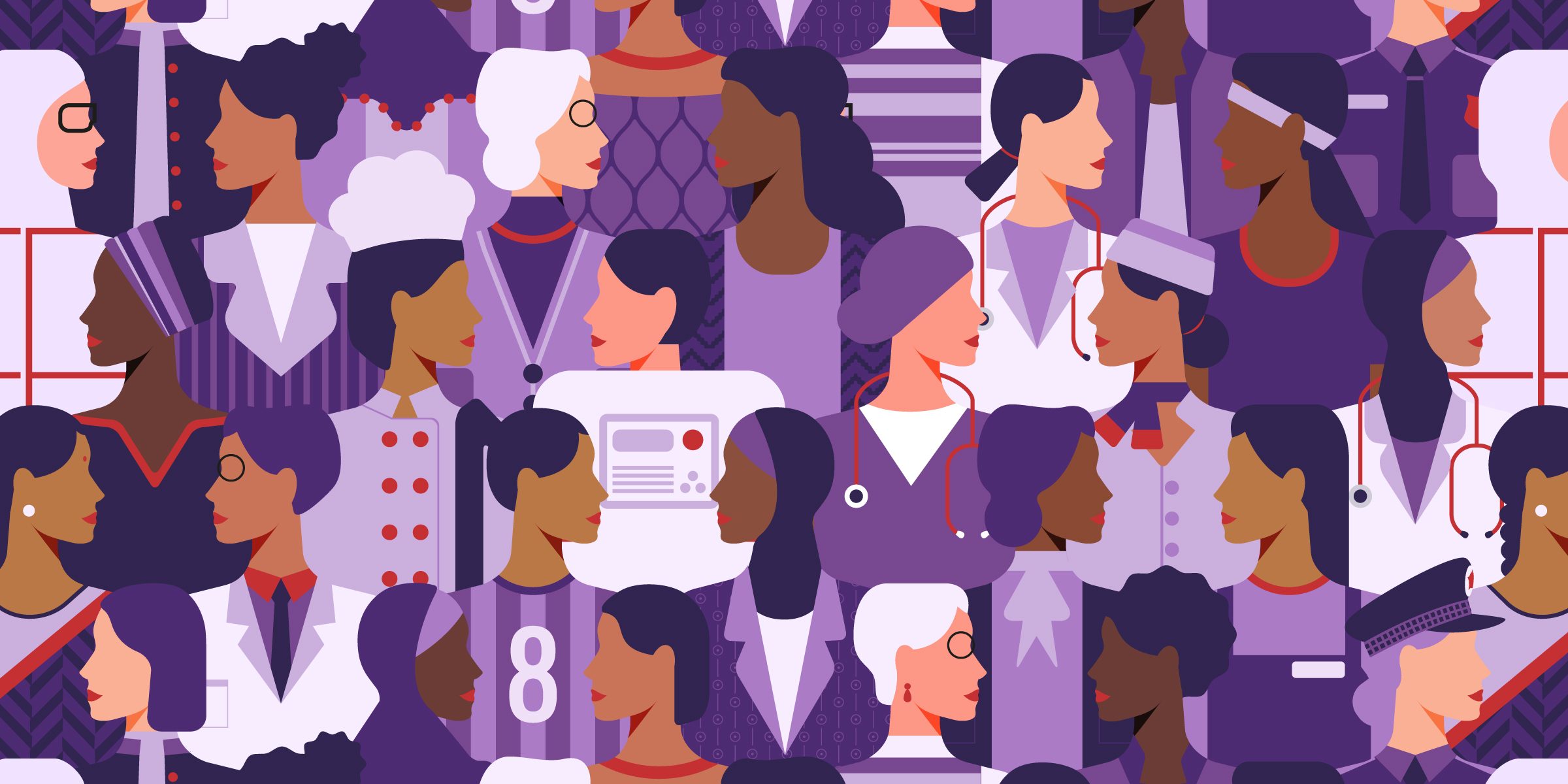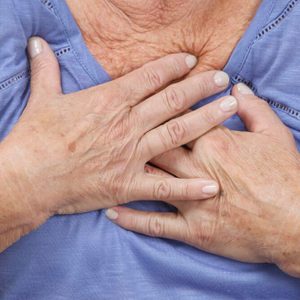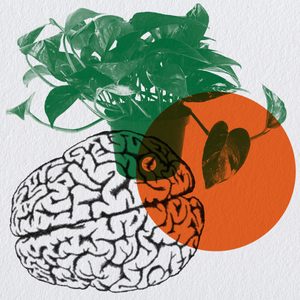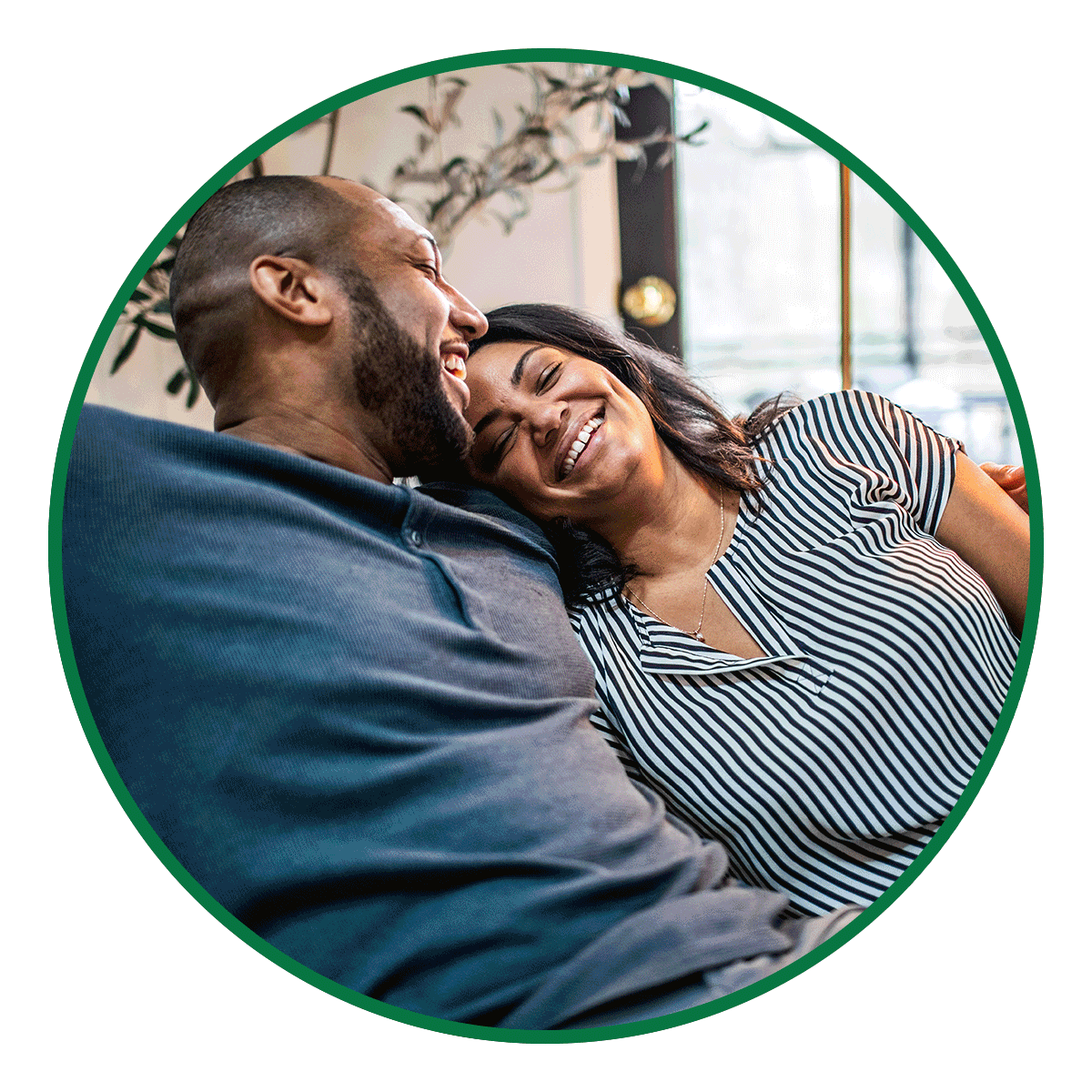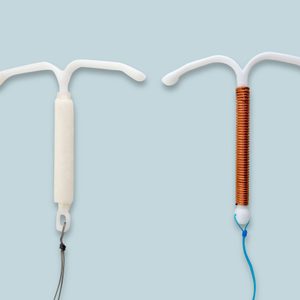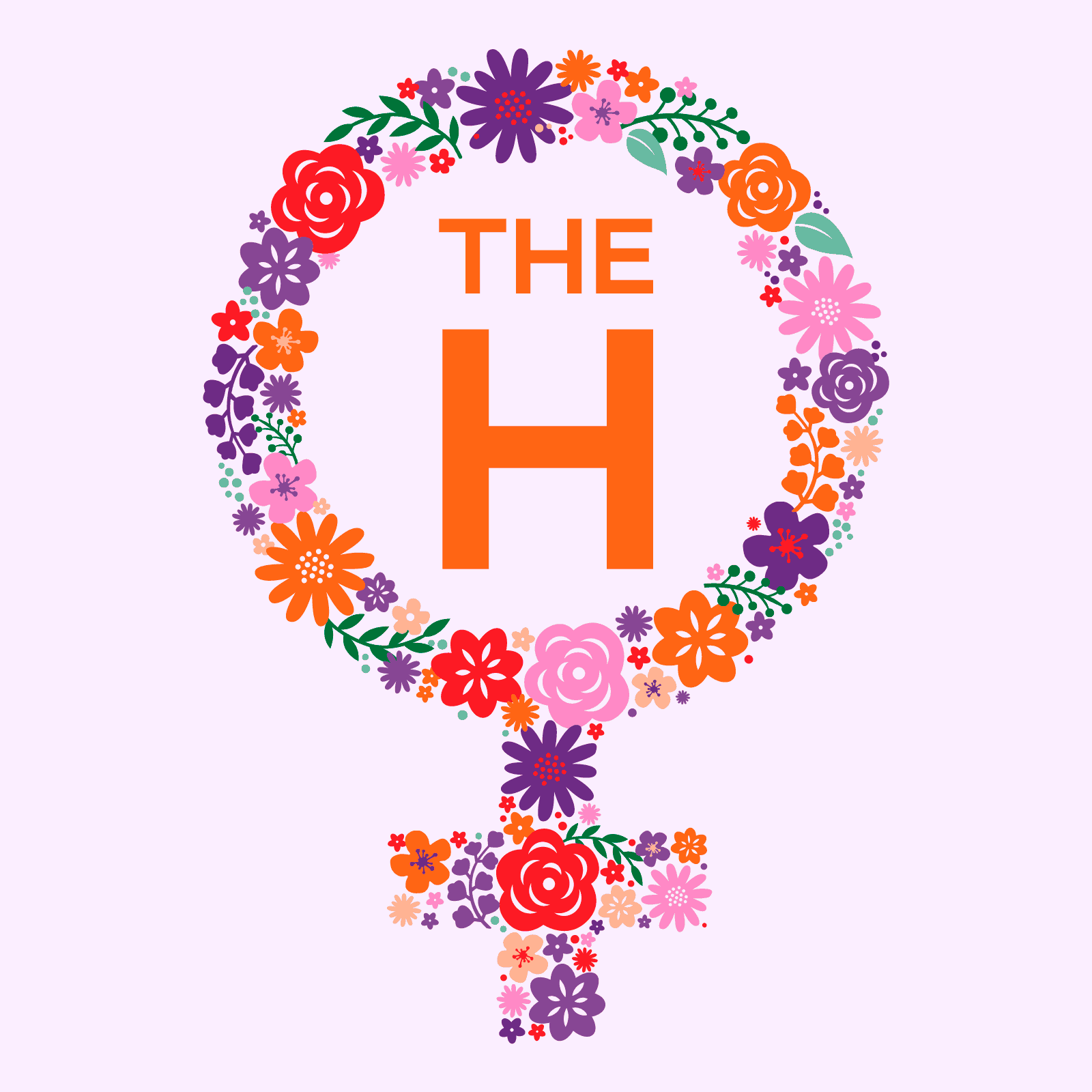
Women’s health is perhaps less straightforward than ever. Just a small handful of the nuanced issues women face include different symptoms than men for issues such as heart attack and stroke, under-researched issues related to reproductive health (endometriosis is just one example), and the gender bias many doctors have—a 2021 study in the Journal of Pain found the pain of female patients to be underestimated when compared to male patients. Other research has found this negatively affects outcomes for problems like heart attacks.
The Healthy @Reader’s Digest offers support for caring for your heart, facing a breast cancer scare, understanding period cravings…and so much more.
Women’s Health Concerns
Heart disease is the leading cause of death for women in the US, according to the Centers for Disease Control (CDC). Breast cancer is the most common cancer in women, according to the American Cancer Society, while ovarian cancer ranks fifth in cancer deaths among women. The American Heart Association reports that women make up nearly 60% of all stroke deaths in the US, in part because of a common issue: With differing symptoms from men, women may not even notice they’re experiencing a health scare at all. That’s why it’s crucial to learn more about your risk, and warning signs to watch for.
Mental Health
The National Institute of Mental Health reports that some mental health disorders, such as depression and anxiety, are more common in women than in men—and according to the Center for Discovery, women are up to three times more likely to experience an eating disorder than men. It’s important to have resources at your fingertips to help you manage darker days, develop a healthy body image, and take some time for healing self-care.
Menstruation
For something that happens every month for a long window of our lives, there are still a lot of questions around periods: Why do we crave chocolate? When should we workout? Most importantly—how can we get rid of cramps? The Healthy @Reader’s Digest has the answers.
Menopause
Understanding the changes your body may undergo can not only help illuminate what menopause really looks and feels like, but it also helps start a conversation around a normal experience that is so often undiscussed. Let’s shake off the shame around menopause together, and carve out a new path forward: One of open and candid discussion about all the burning questions you haven’t felt comfortable asking.
Sex & Birth Control
Practicing safe, healthy sex can mean a few things: First and foremost, of course, is finding an effective birth control method that makes sense for you. Whether you have a preference for the pill or you’re curious about IUDs, we have everything you need to make an informed decision. Safe, healthy sex also involves everyone having a comfortable, enjoyable time—so here’s how to do your due diligence, whether it’s taking a step back before you get frisky with a UTI or choosing the right clinician-approved toy to help grow your connection.
Vaginal Health
When’s the last time you thought about your vaginal health? On an average day, you probably don’t give it much thought at all…unless something’s feeling a little off. According to a 2019 article from the American Association for Clinical Chemistry, 21 million women are affected with Bacterial Vaginosis, an estimated 75% of women will experience a yeast infection in their lives, and trichomonas vaginalis (or “trich”), the most common non-viral Sexually Transmitted Infection, affects almost four million people a year—so there are a lot of health concerns that might arise. If you want to avoid addressing a potential problem down the line, here’s how you can be proactive about giving your vaginal health a little necessary love and attention.
